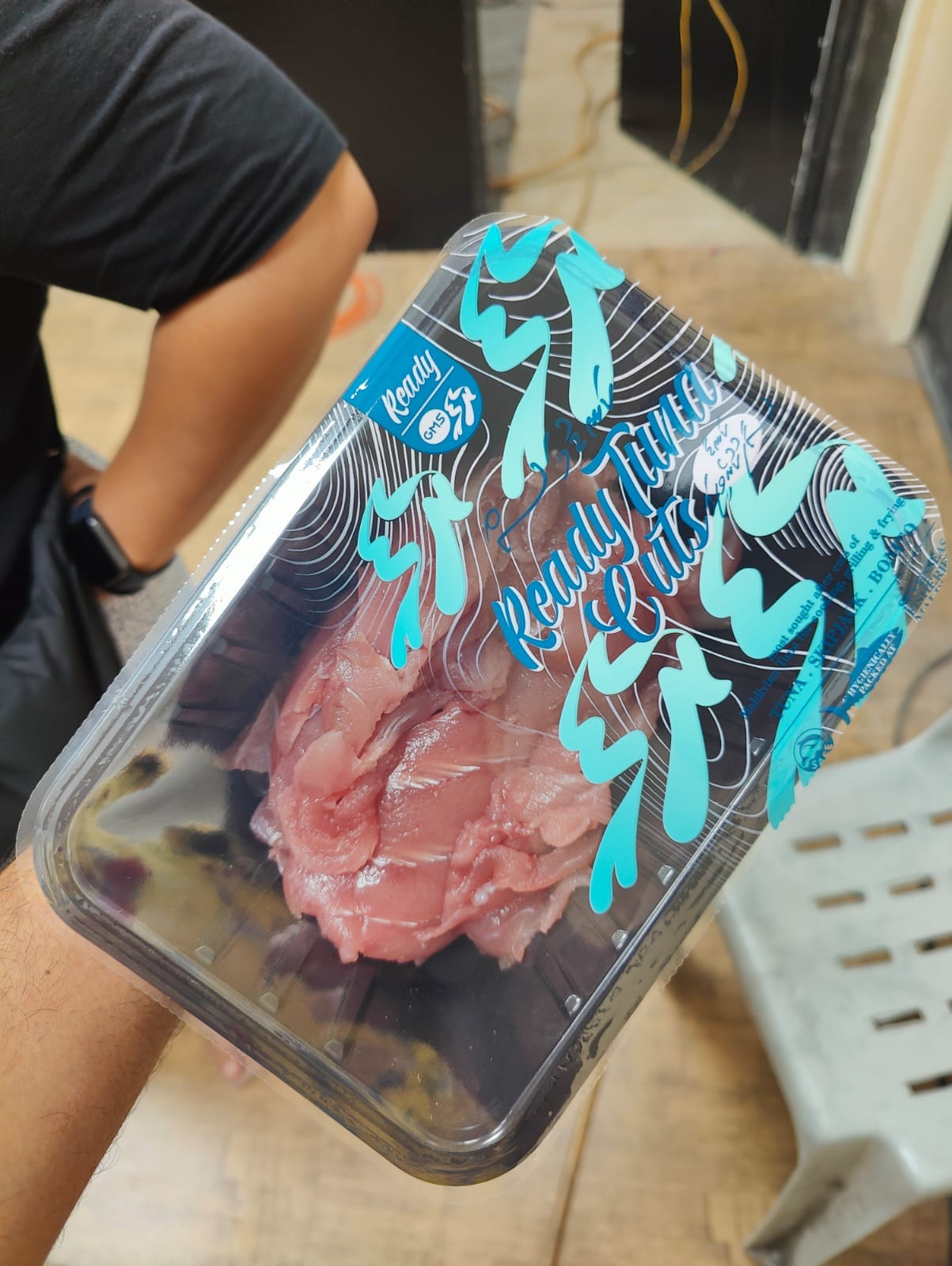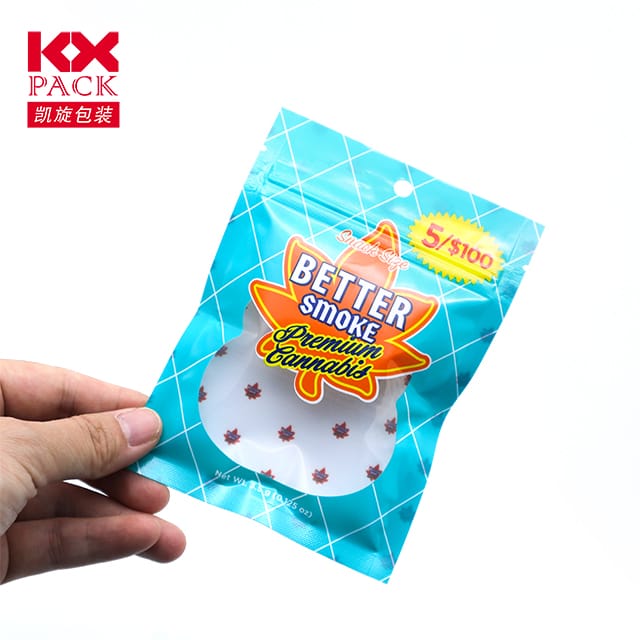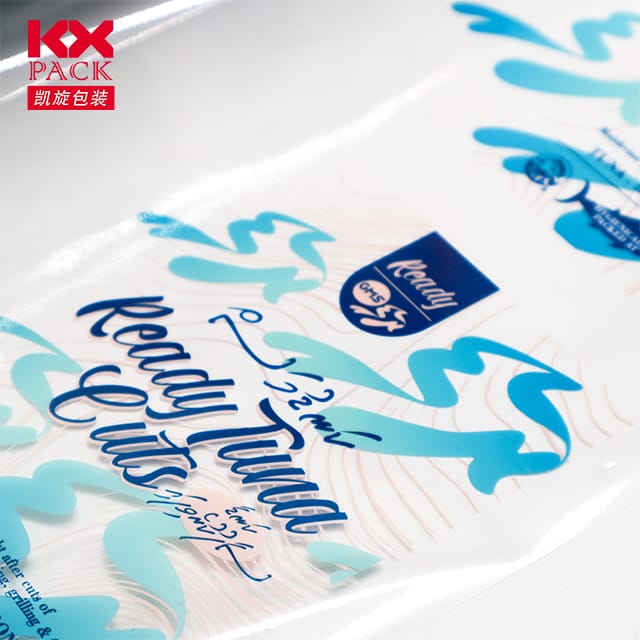Utvecklingen och inverkan av flexibla filmerförpackningar: En hållbar revolution (6)
Flexibel filmer
In an era where sustainability, bekvämlighet, och Innovation Drive -förpackningslösningar, flexible films packaging has emerged as a cornerstone of modern industry. Från mat och läkemedel till konsumentelektronik, Dessa anpassningsbara material omformar hur produkter skyddas, transporteras, och presenteras. Låt oss utforska dynamiken, trender, och framtida potential för denna dynamiska sektor.
What Are Flexible Films Packaging?
Flexible films packaging refers to lightweight, non-rigid materials used to encase products. Unlike traditional rigid containers, these films—often composed of polymers like polyethylene (PE), polypropen (PP), or multi-layer composites—conform to the shape of their contents, minimizing waste and optimizing space.
Key characteristics include:
- Lättvikt & Hållbar: Reduces shipping costs and carbon footprints.
- Barrier Properties: Protects against moisture, syre, and light, förlängande hållbarhet.
- Customizability: Printable, sealable, and adaptable to diverse formats (pouches, påsar, inslag).
Marknadstillväxt & Key Drivers
The global flexible packaging market was valued atUSD 210.62 miljarder in 2023 and is projected to reachUSD 238.91 miljarder med 2029, växer vid en CAGR av2.12%. Viktiga drivrutiner inkluderar:
- Shift from Rigid to Flexible Solutions: Brands prioritize cost-efficiency and sustainability, favoring flexible films over heavier, less eco-friendly alternatives.
- E-handel: Online retail demands lightweight, damage-resistant packaging for safe deliveries.
- Healthcare & Food Demand: Pharmaceuticals and perishable goods require sterile, airtight packaging, fueling innovation in high-barrier films.
Innovations in Material Science
Recent advancements in flexible film technology focus onsustainability and performance:
- Monomaterialstrukturer: Companies like Huhtamaki are pioneering single-polymer films (TILL EXEMPEL., PE or PP) to simplify recycling.
- Biologiskt nedbrytbara filmer: Tillverkad av förnybara resurser (TILL EXEMPEL., PLA), these reduce plastic waste.
- High-Barrier Coatings: Advanced polymers like polyvinylidene chloride (Pvdc) or ethylene vinyl alcohol (Evoh) enhance shelf life without compromising recyclability.
Regional Dynamics
Asia-Pacific dominates the market, redovisa58% of global volume in 2023, driven av:
- Rapid Urbanization: Rising middle-class populations in China and India boost demand for packaged goods.
- E-commerce Expansion: Online shopping platforms like Alibaba and Flipkart rely on flexible films for efficient logistics.
- Regulationspush: Governments mandate eco-friendly packaging, accelerating adoption of recyclable/compostable films.
Utmaningar & Framtida utsikter
Despite growth, the sector faces hurdles:
- Recycling Complexity: Multi-layer films are hard to separate, complicating circular economy efforts.
- Råvaruvolatilitet: Fluctuating polymer prices impact margins.
dock, the future looks promising:
- Smart förpackning: Films embedded with sensors for freshness tracking or anti-counterfeiting.
- Circular Design: Modular, reusable packaging systems that minimize waste.
- Collaborative Innovation: Partnerships between material scientists, brands, and recyclers to close the loop.
Slutsats
Flexible films packaging is more than a convenience—it’s a strategic imperative for a sustainable future. As brands and consumers demand smarter, greener solutions, this sector will continue to evolve, blending cutting-edge science with practical design. The road ahead? A balance of innovation, responsibility, and adaptability to meet the needs of a changing world.
Stay tuned for more insights on packaging trends—where science meets sustainability! 🌍📦✨
Sources: QYResearch, MarketsandMarkets, GlobeNewswire, Packaging World







